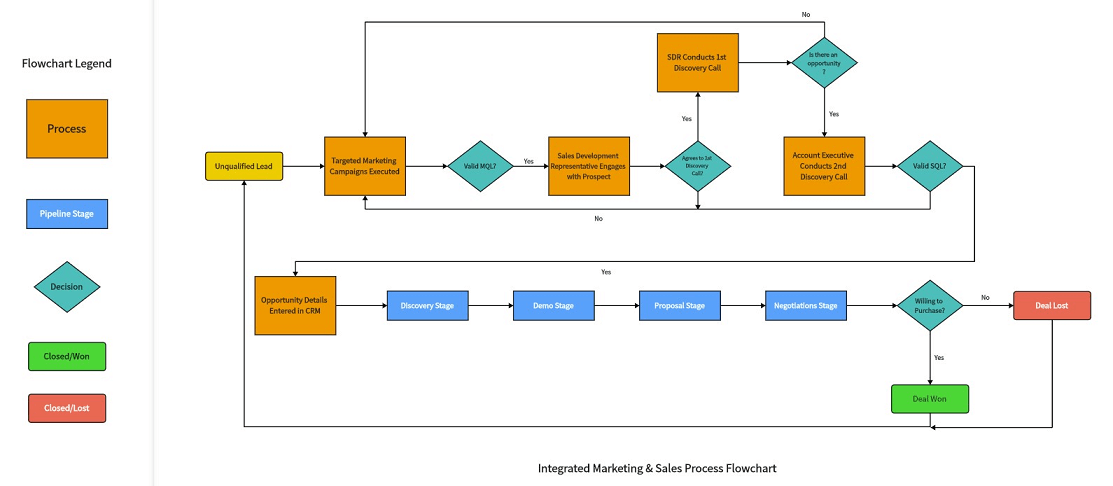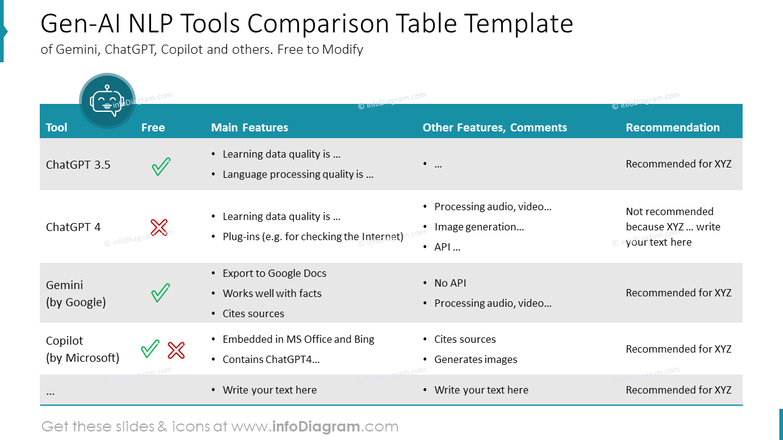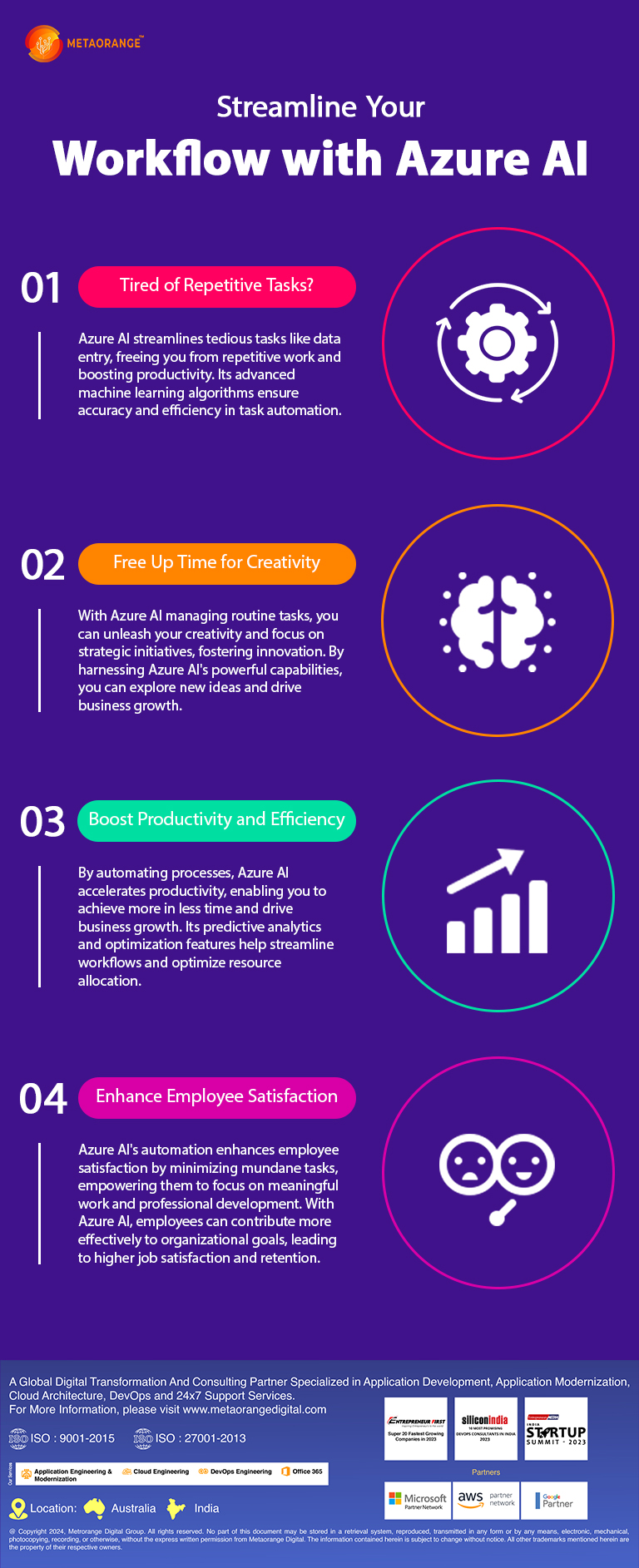In the fast-paced world of digital marketing, content managers and marketers are continually looking for ways to improve efficiency in their planning processes. One of the most valuable resources you can use is artificial intelligence (AI). By implementing AI, you can streamline content planning, add valuable insights, and save both time and resources. This guide outlines how AI can reshape your content calendar while addressing common questions and providing practical steps for effective integration.
Understanding the Role of AI in Content Planning
AI is increasingly integral to digital marketing, particularly for managing content calendars. With tools powered by Natural Language Processing (NLP) and Machine Learning, you can significantly enhance your content planning practices. NLP helps you understand and generate content ideas, while machine learning enables the prediction of optimal posting times based on historical data.
For example, using AI to analyze engagement patterns can save you hours that might otherwise be spent on manual research. Rather than getting bogged down in logistics, you can focus on crafting compelling content that resonates with your audience. When you leverage these technologies effectively, you reduce the manual effort involved in content planning, resulting in more strategic and timely communications.
This infographic illustrates the impact of AI on workflow efficiency in content planning (Source: Meta Orange Digital)
Enhancing Content Calendar Efficiency with AI
AI encompasses various technologies that can greatly improve your content management processes. Key algorithms, such as NLP and machine learning techniques, facilitate fast data analysis and trend identification in content performance.
Take the example of The Washington Post and its Heliograf system, which produced over 850 articles in its first year. This showcases how AI can efficiently generate content while maintaining quality. Similarly, Forbes incorporated the Bertie AI system, which not only optimized workflows but also enhanced content production efficiency through real-time suggestions. These examples highlight the effectiveness of AI in boosting productivity and allowing you to achieve more with less effort.

A flowchart outlining the decision-making framework for implementing AI in content planning (Source: Boardmix)
Selecting the Right AI Tools for Your Team
Choosing the right AI content calendar tool is crucial for fostering collaboration and productivity in your team. It's essential to consider factors such as user interface, functionality, and pricing when evaluating your options. Tools like CoSchedule and Buffer offer unique strengths: CoSchedule is noted for its comprehensive templates, while Buffer is praised for its straightforward scheduling capabilities.
When comparing these tools, look at the essential features like social media integration, analytics, and team collaboration functionalities. For example, research shows that CoSchedule boasts over 1600 marketing templates, making it ideal for teams focused on extensive content creation. Meanwhile, Buffer is often favored for its ease of use, making it accessible for quick content scheduling.

A comparison table of various AI tools used in content management (Source: InfoDiagram)
Keeping Content Relevant with Trends and Seasonal Opportunities
AI can help you create relevant content by analyzing audience sentiment and identifying trends. Tools that use time series analysis can forecast content performance across various seasons, empowering you to adjust your strategies in real-time.
Leverage AI tools to gain insights into what your audience prefers, allowing you to optimize your content dynamically throughout the year. By aligning your messaging with seasonal themes and trending topics, you can enhance audience engagement and ensure the relevance of your content.

This visual represents seasonal trends in content engagement (Source: NetSuite)
Implementing AI Without Disruption
To integrate AI tools effectively, a structured approach is essential. Start with a pilot program to test the AI tools in a controlled environment, allowing your team to become familiar with the technology before a full rollout.
Utilizing API integrations is another strategy that can facilitate smooth data sharing between existing tools and new AI systems. Offering comprehensive training to your team is also critical; organizations that invest in at least ten hours of training report higher adoption rates. Maintaining significant human oversight in the content creation process can help reduce errors and ensure that the output aligns closely with your brand voice.

This checklist summarizes best practices for integrating AI tools into existing workflows (Source: HubSpot)
Addressing Ethics and Data Privacy in AI Content Management
As you leverage AI for content planning, understanding the ethical implications related to data usage is crucial. You must ensure transparency in how you collect audience data and obtain necessary consent. Research indicates that many marketers are unsure about their compliance in this area.
Additionally, it's important to address potential biases in AI algorithms; ensuring that your tools do not reinforce existing inequalities is essential. A vigilant approach to data security is needed to protect audience data, as breaches can undermine trust and damage your brand’s reputation.

This visual representation highlights common ethical concerns associated with AI usage (Source: Harvard Business School Online)
Conclusion
Harnessing AI for efficient content calendars equips you with the tools to enhance your workflow while providing valuable audience insights. By understanding the role of AI, selecting appropriate tools, and adhering to ethical standards, you can improve your content strategy effectively.
This guide offers actionable steps and real-world examples to help you make the most of AI in your content planning endeavors. By embracing these insights, you can refine your strategies, reduce manual workloads, and ensure that your communications resonate with your audience, ultimately leading to improved engagement and successful outcomes.

Comments (0)
Sign in to participate in the discussion or .